Inside the Real-Life “Hunger Games” City: A Decaying Parisian Utopia
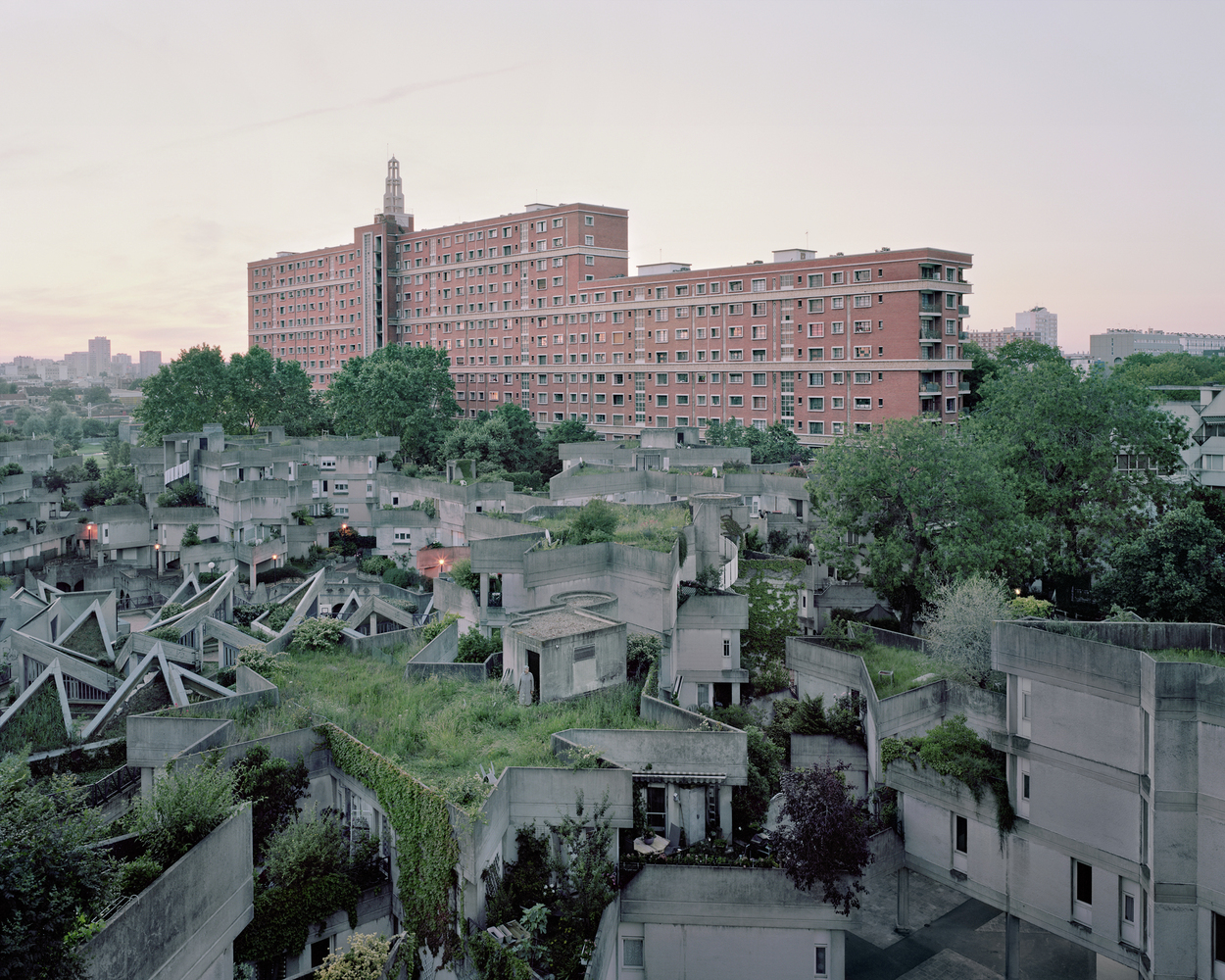
We’re quite spoilt here in Paris, surrounded by elegant cream-colored stone Haussmanians, gifted with pockets of bucolic cobblestone streets and charmed by old-world cafés and façades. But stray to the suburbs of Eastern Paris and you’ll find what looks like an alternate universe in comparison, a failed post-war “city of Babel” with Pharaonic structures of decaying concrete.
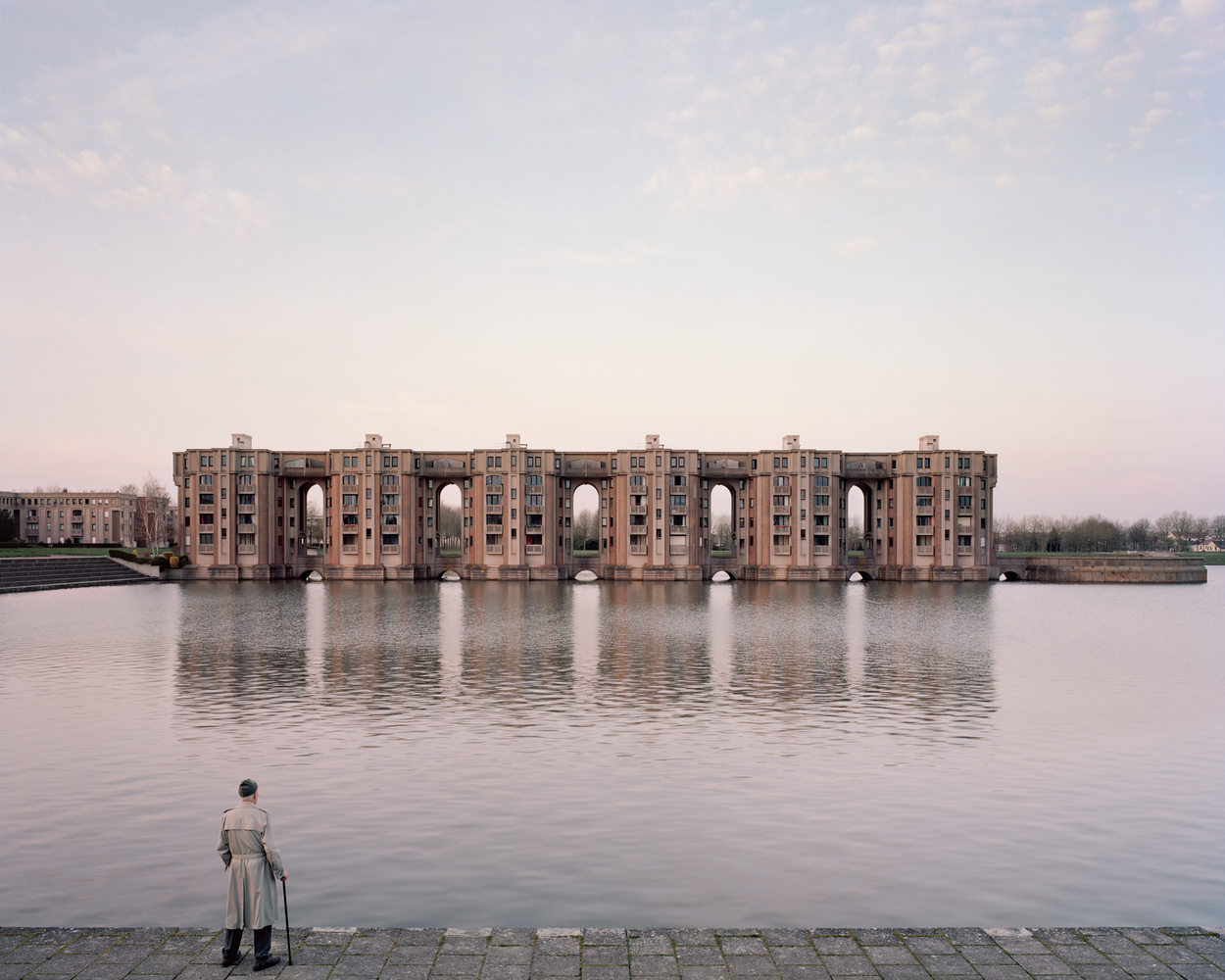
If you’re thinking this looks like an apocalyptic film set, you’d be bang on. Hollywood has used it on two occasions to set the scene for a dystopian world; Brazil in 1985 and most recently for the final instalment of the Hunger Games trilogy coming this fall.
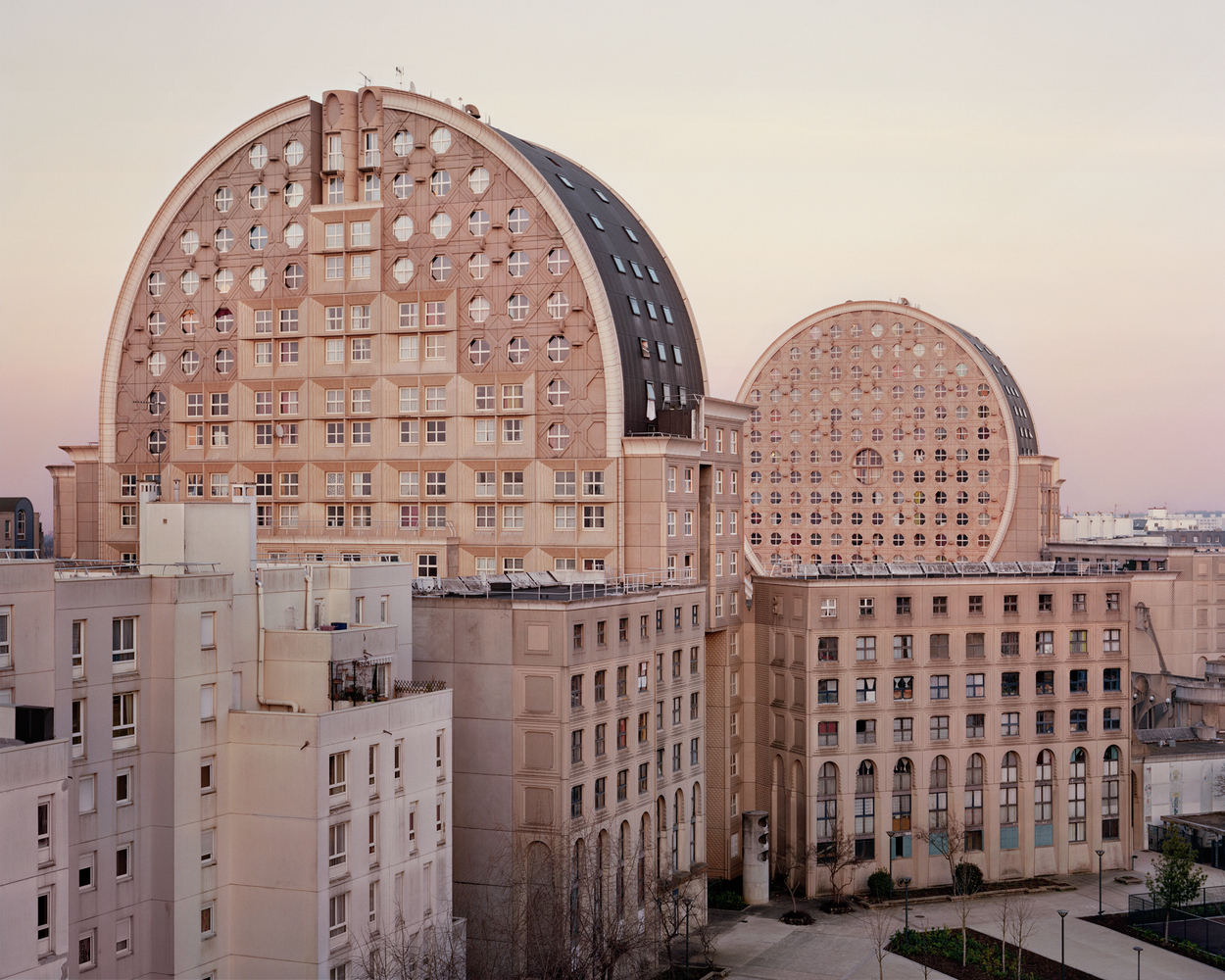
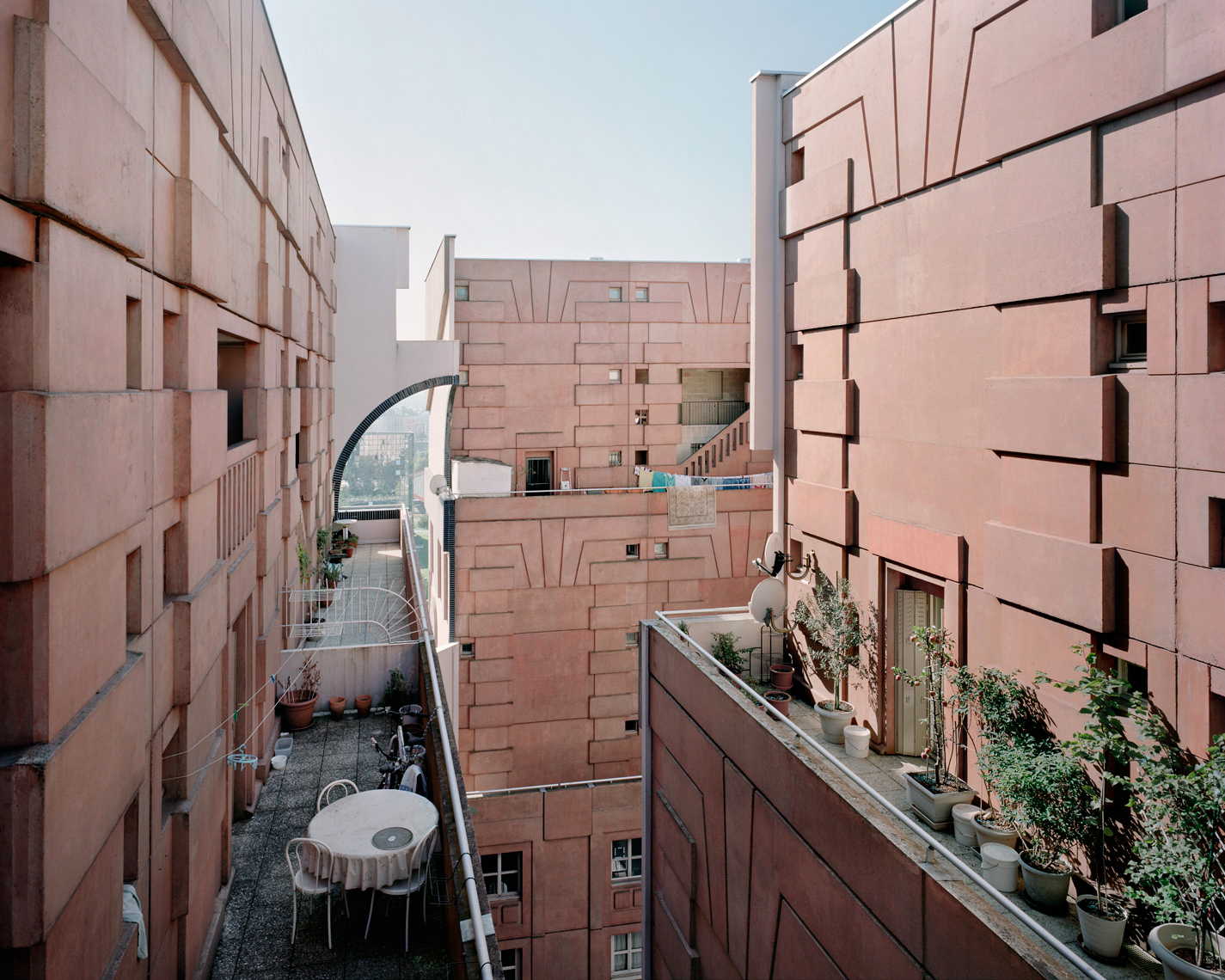

Photographer Laurent Kronental has spent four years photographing postmodern Parisian housing estates, mainly erected from the 50’s to 80’s, to address demographic growth, rural outflow and house a migrant population while meeting the needs in modern housing. These areas are today commonly stigmatised in the media and marginalised by public opinion. His ongoing series, Souvenir d’un Futur, which covers several enclaves of the Parisian suburbs, is a tribute to the senior citizens living in what is known as the “Grands Ensembles” of the Paris region.
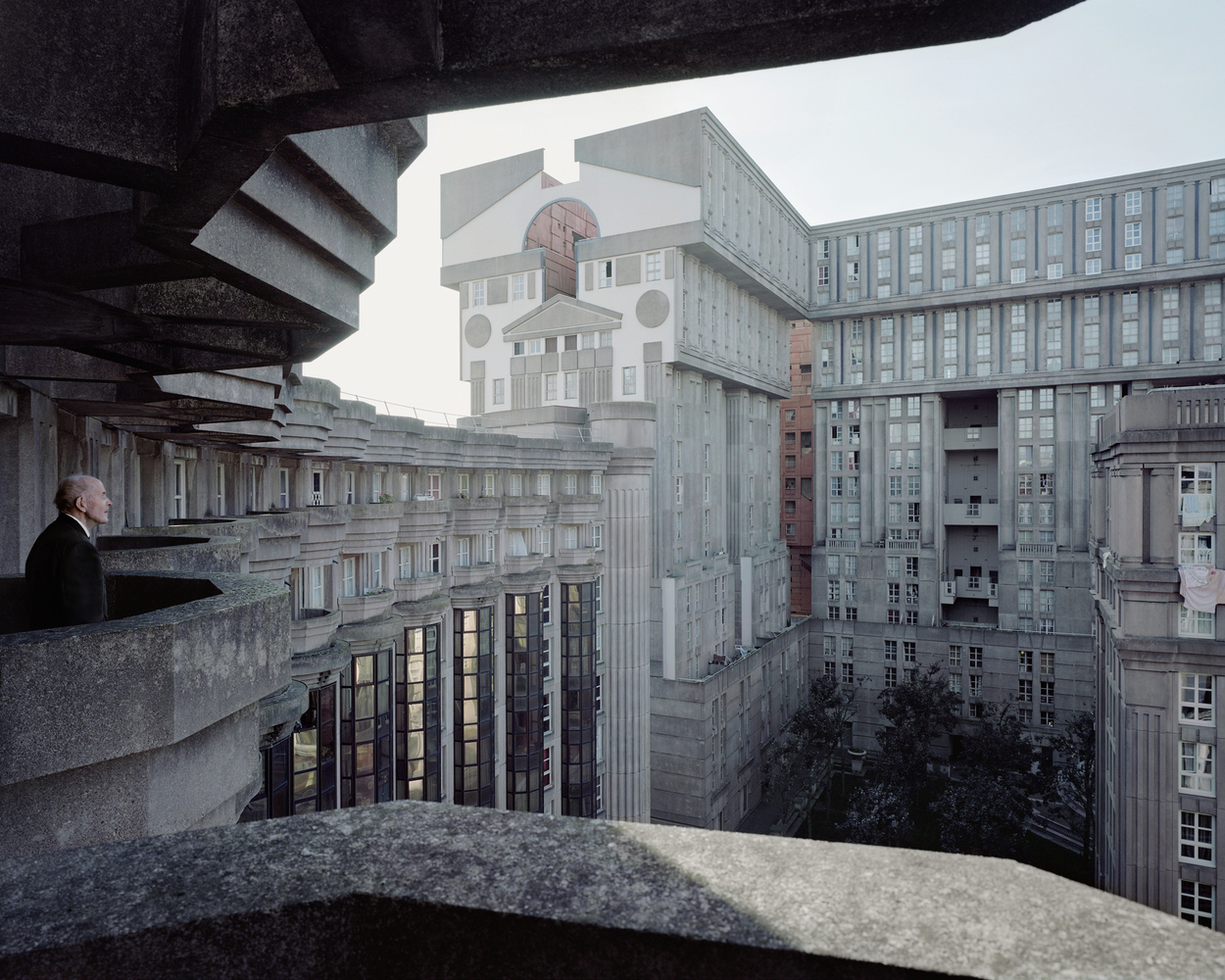
Kronental’s documentation included a number of large estates across the Parisian Suburbs. Among them: the Tours Aillaud of Nanterre, the Damiers in Courbevoie, the Cité du Parc and Cité Maurice-Thorez in Ivry-sur-Seine, the Arcades du Lac and the Viaduc, the Pavé Neuf and the Espace d’Abraxas in Noisy-le-Grand and even two areas in the 19th arrondissement of Paris known as Les Orgues de Flandre and Cité Curial-Cambrai.
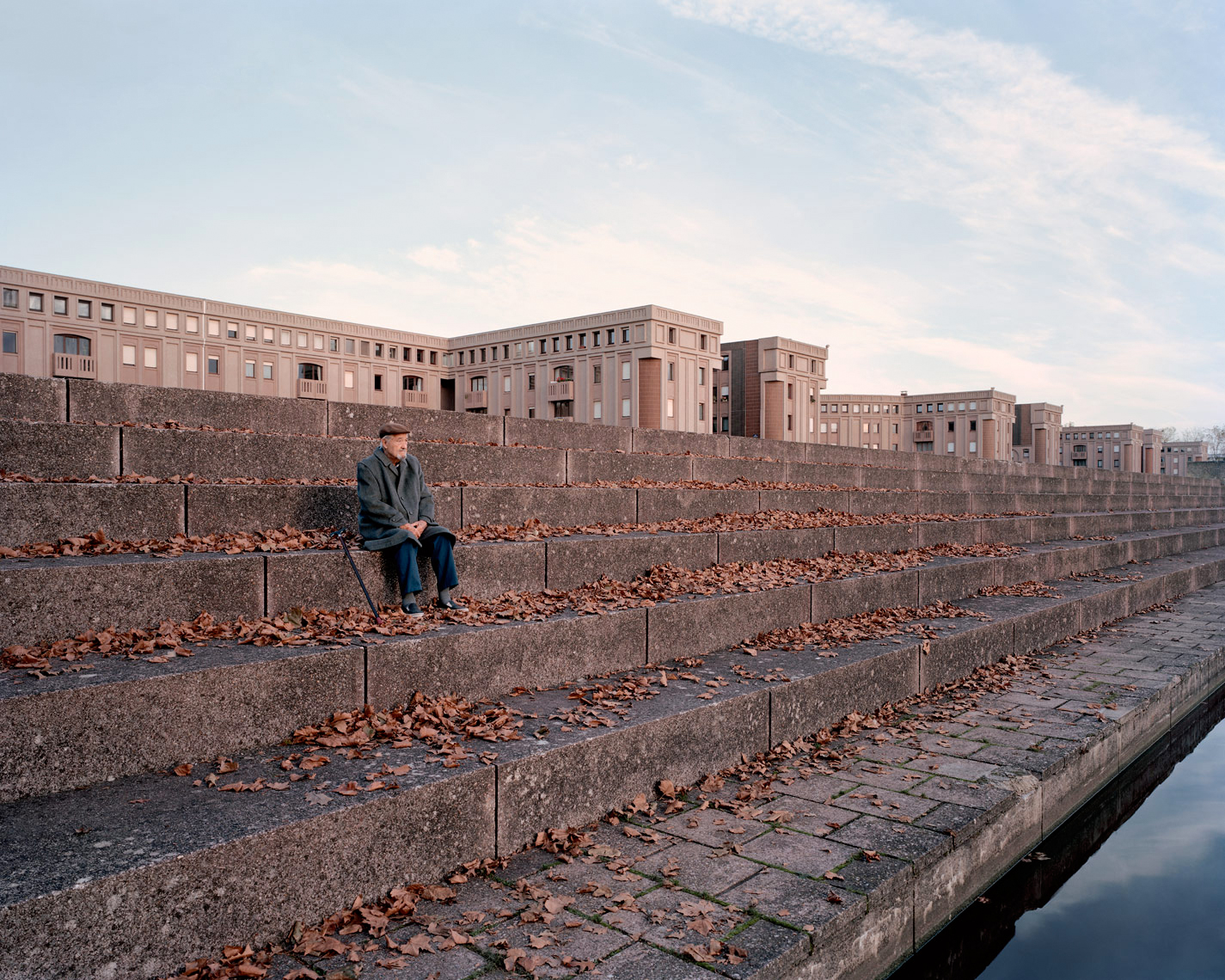
Born of a theoretical utopia and dubbed a new French “City in Space”, the Espaces Abraxas in Noisy-le-Grand were designed by Spanish architect Ricardo Bofill in the late 70s and early 80s. The aim was to mix social classes and build a theatrical landmark. These buildings consist of 610 apartments in what looks like a surreal ocean of concrete.
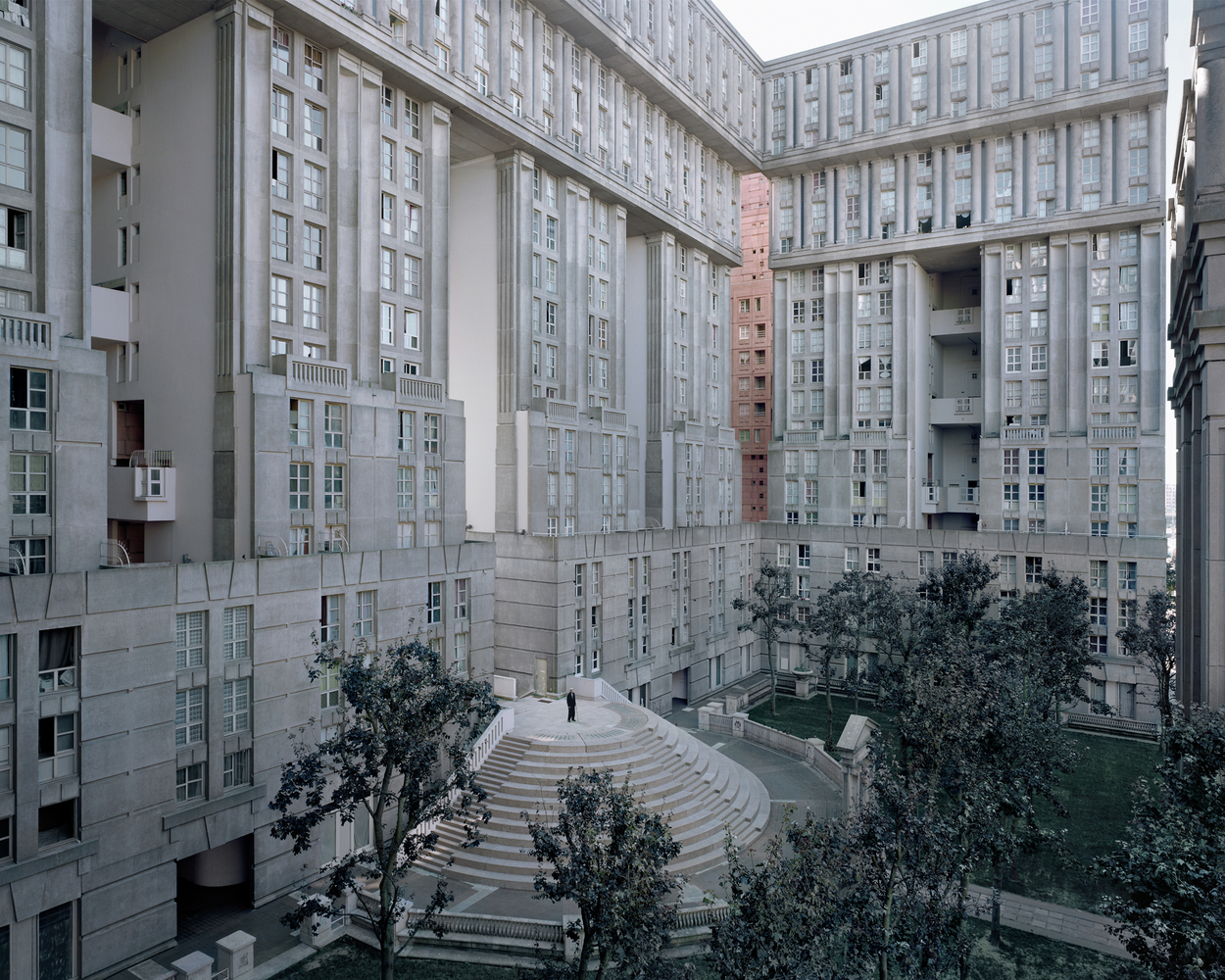
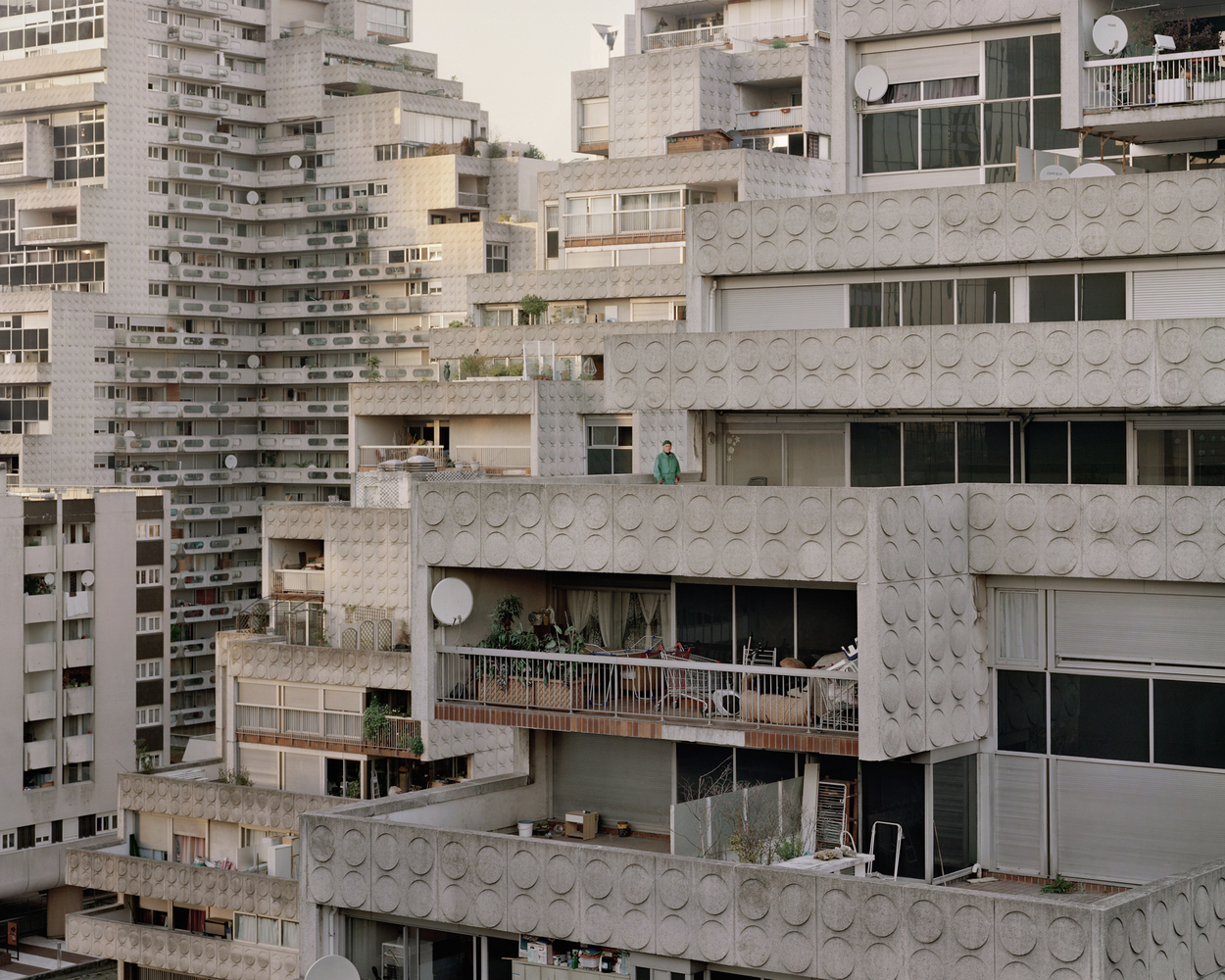
Ricardo Bofill recently stated in an interview with Le Monde that he believed he could change the city, but in the end, “nothing happened”. In retrospect, he acknowledged these areas have suffered a lack of community spirit, emphasized by the closed nature of the structure.
(It’s quite interesting to see Bofill’s portfolio of his career here).
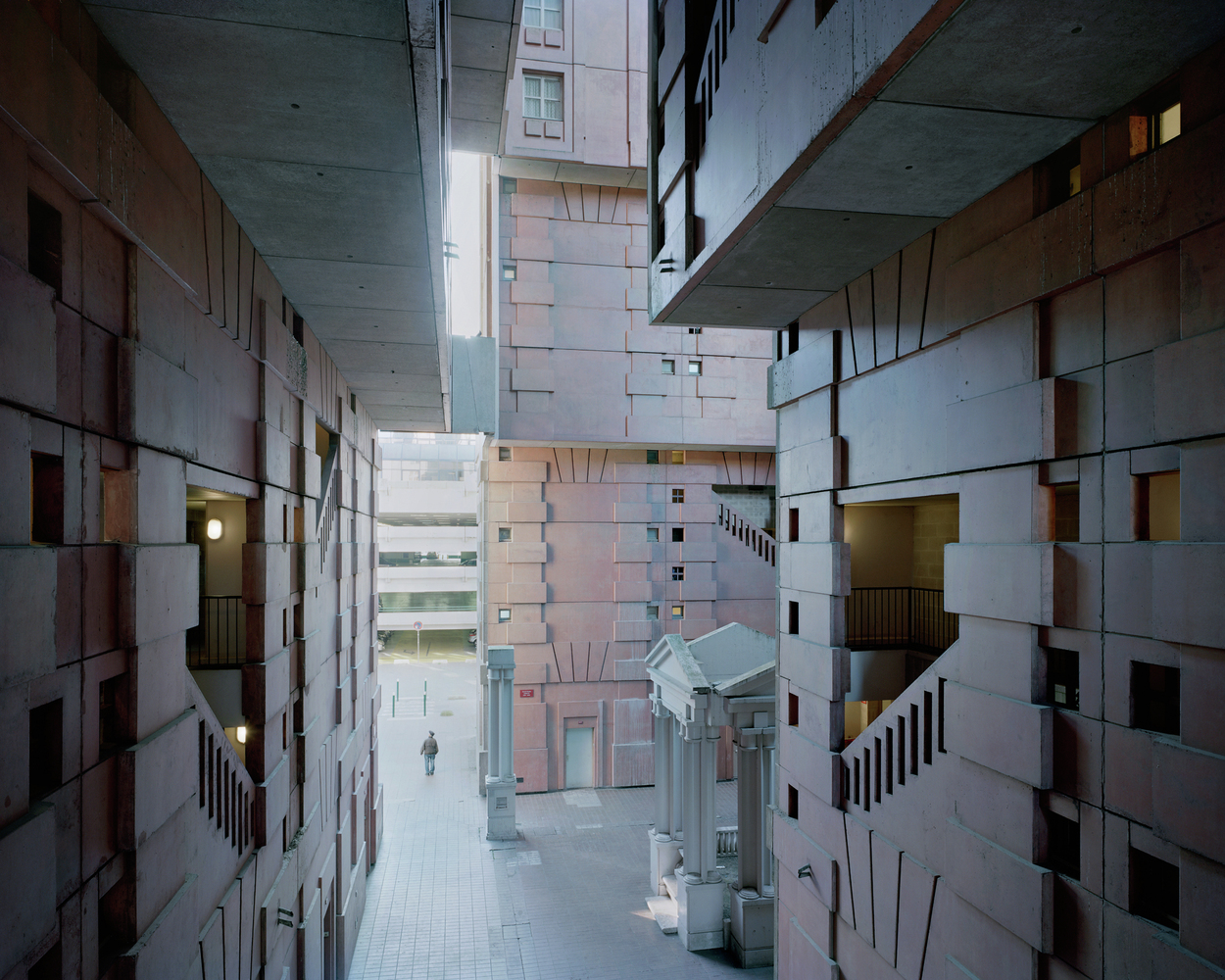
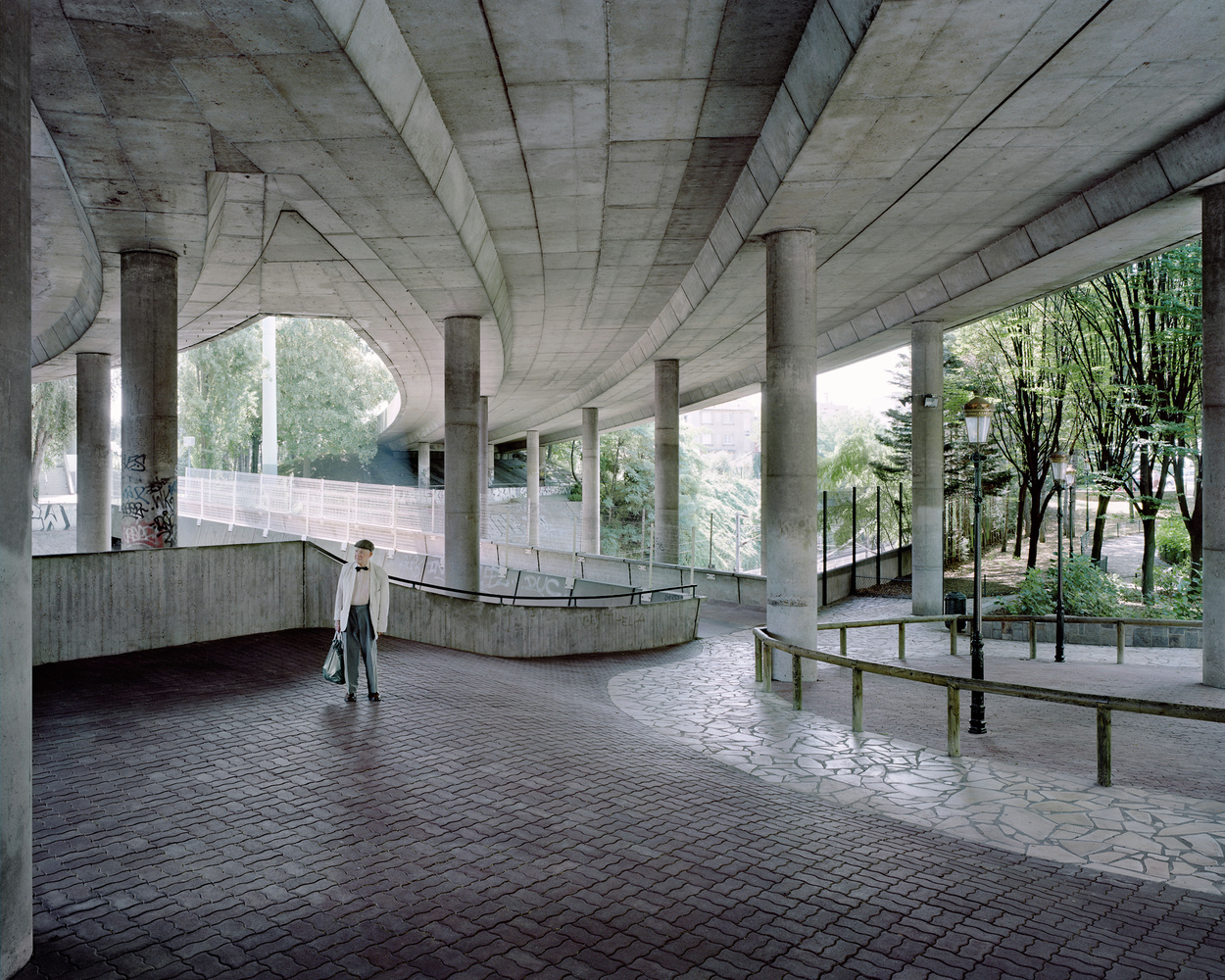
Today, town planners are discussing demolition, but of course, despite a feeling of near-apocalyptic abandonment captured consciously by the photographer, there still remains a very strong but presence of life. The council of the Espaces d’Abraxas was forced to abandon demolition plans for parts of the development in 2006 following the residents’ outright opposition. Despite all odds, this ageing concrete city of the future has become their unlikely home.
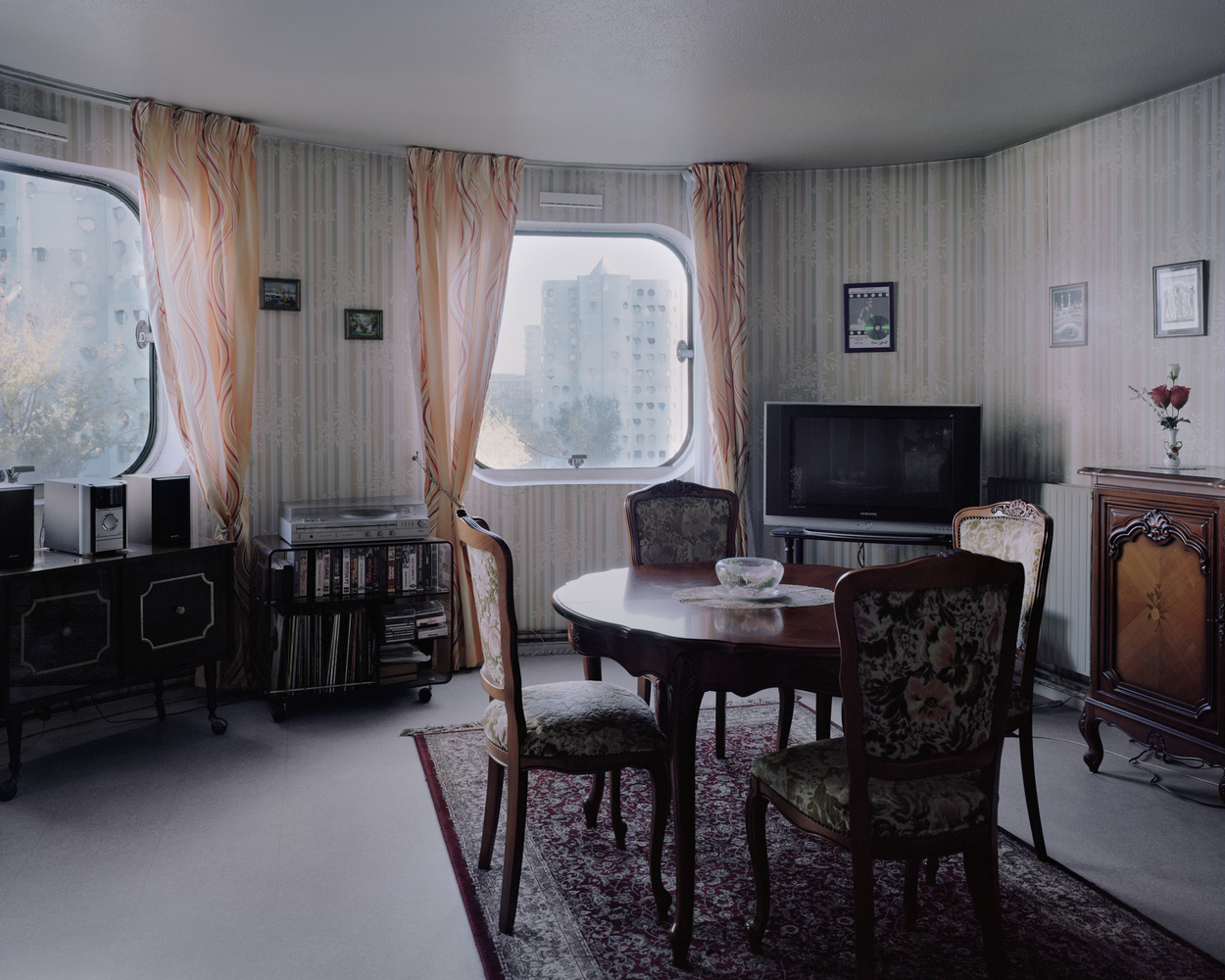
From what Laurent Kronental observed during his frequent visits to the suburbs, “Resignation and expectation blend on dignified faces and solitary spaces together with skepticism and confidence, incompleteness and plenitude. From these disturbing contrasts, life gushes out of the depths. These ‘monuments’, living memories of their time, personify the fragile strength of a youth having blindly aged”.

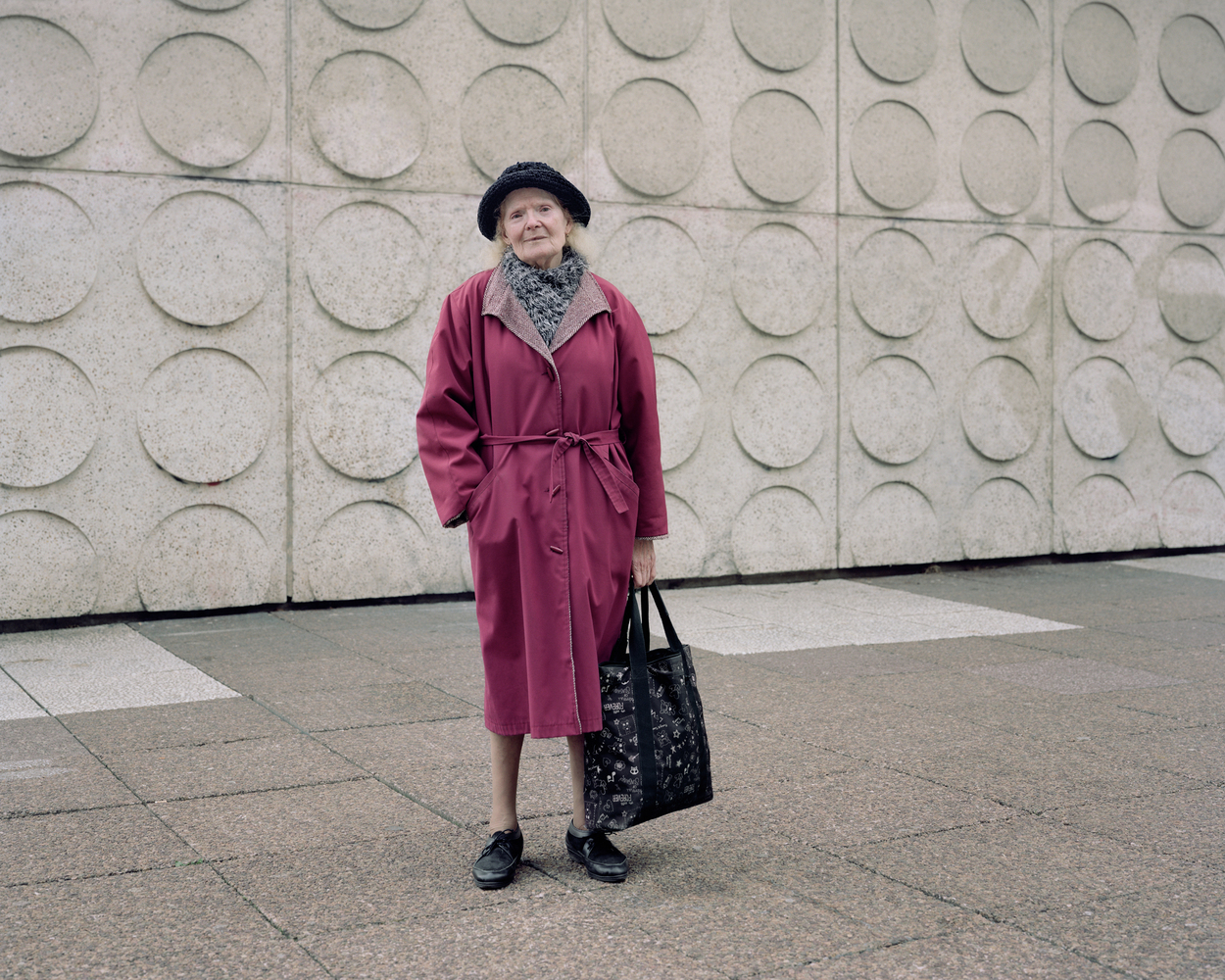
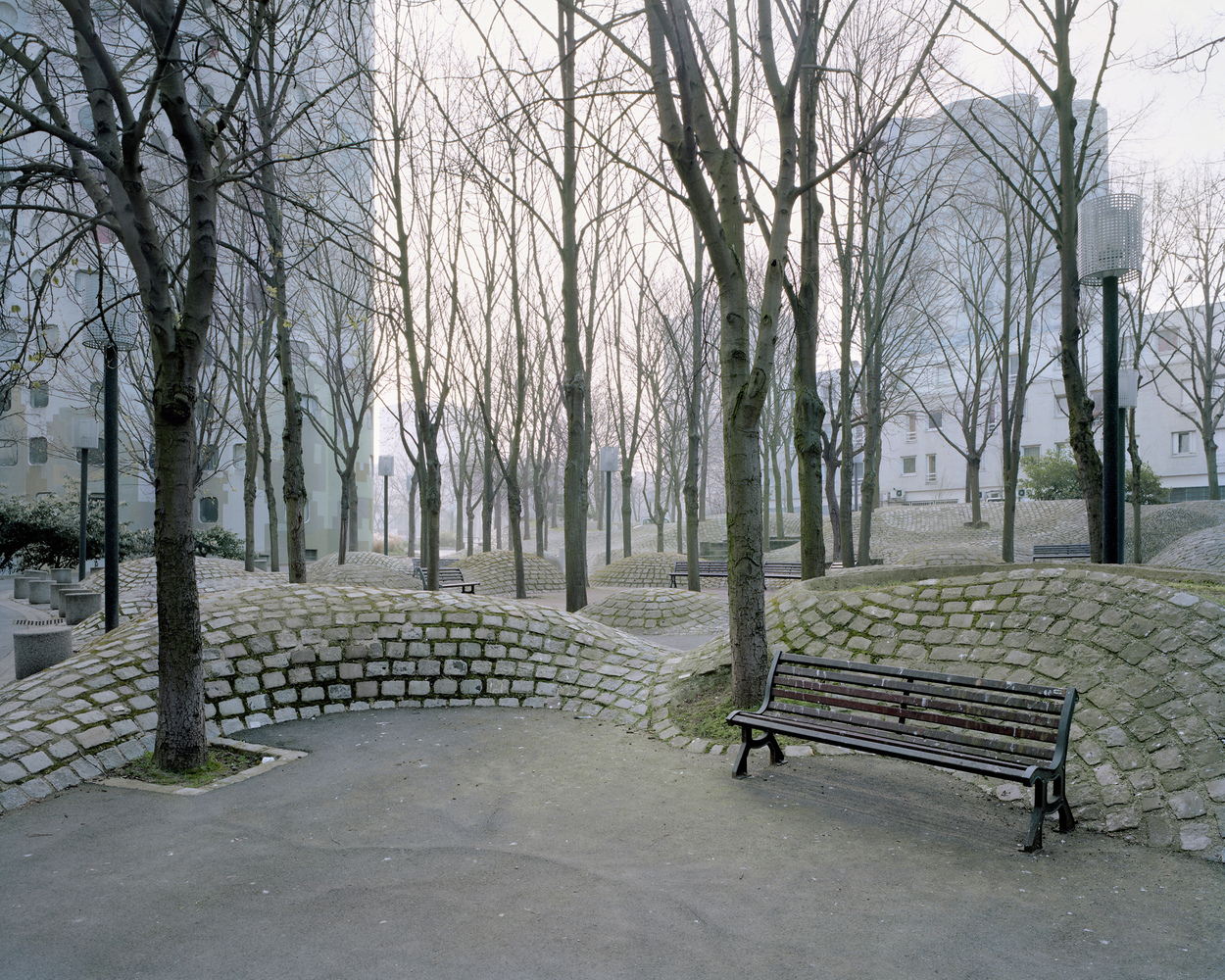
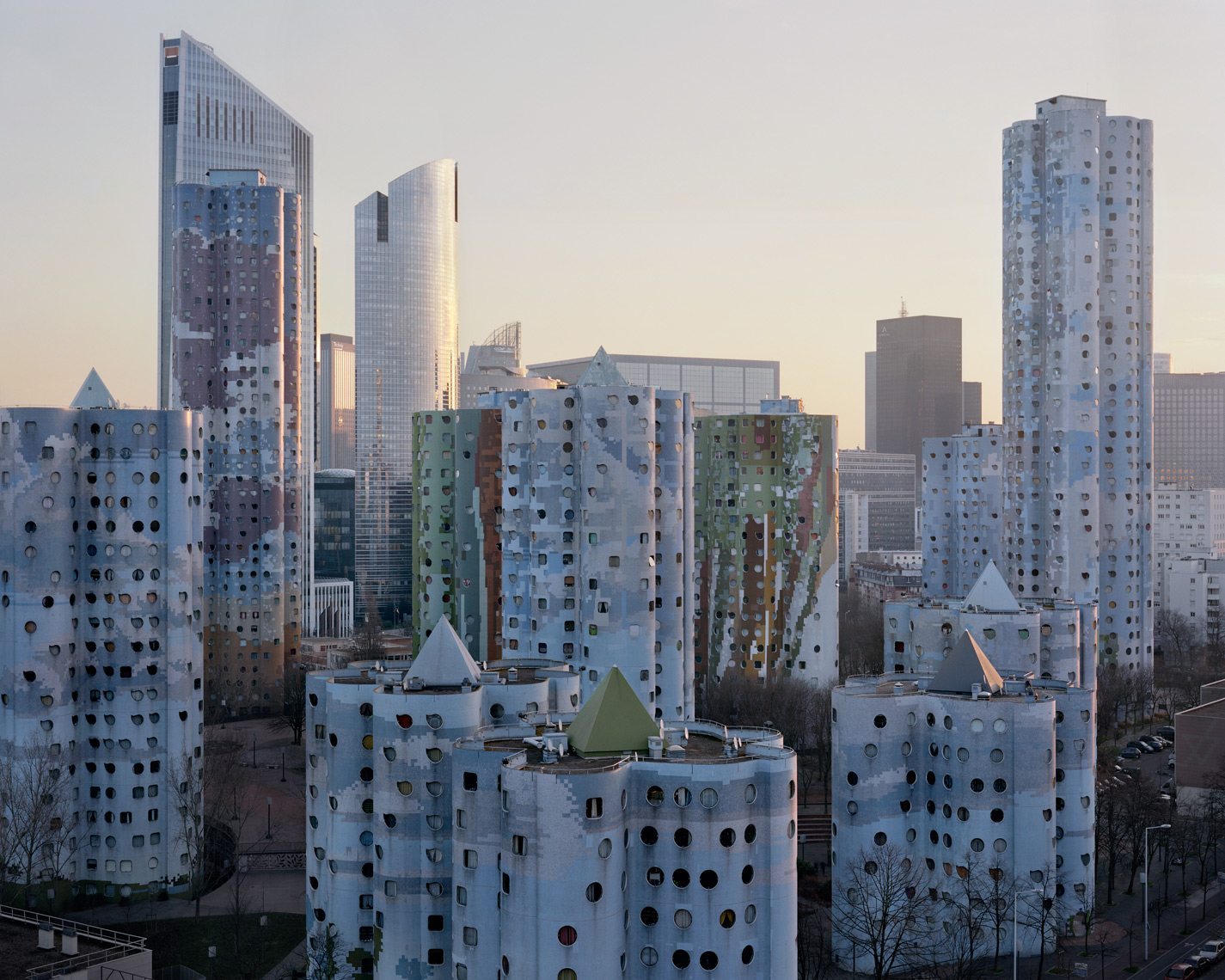
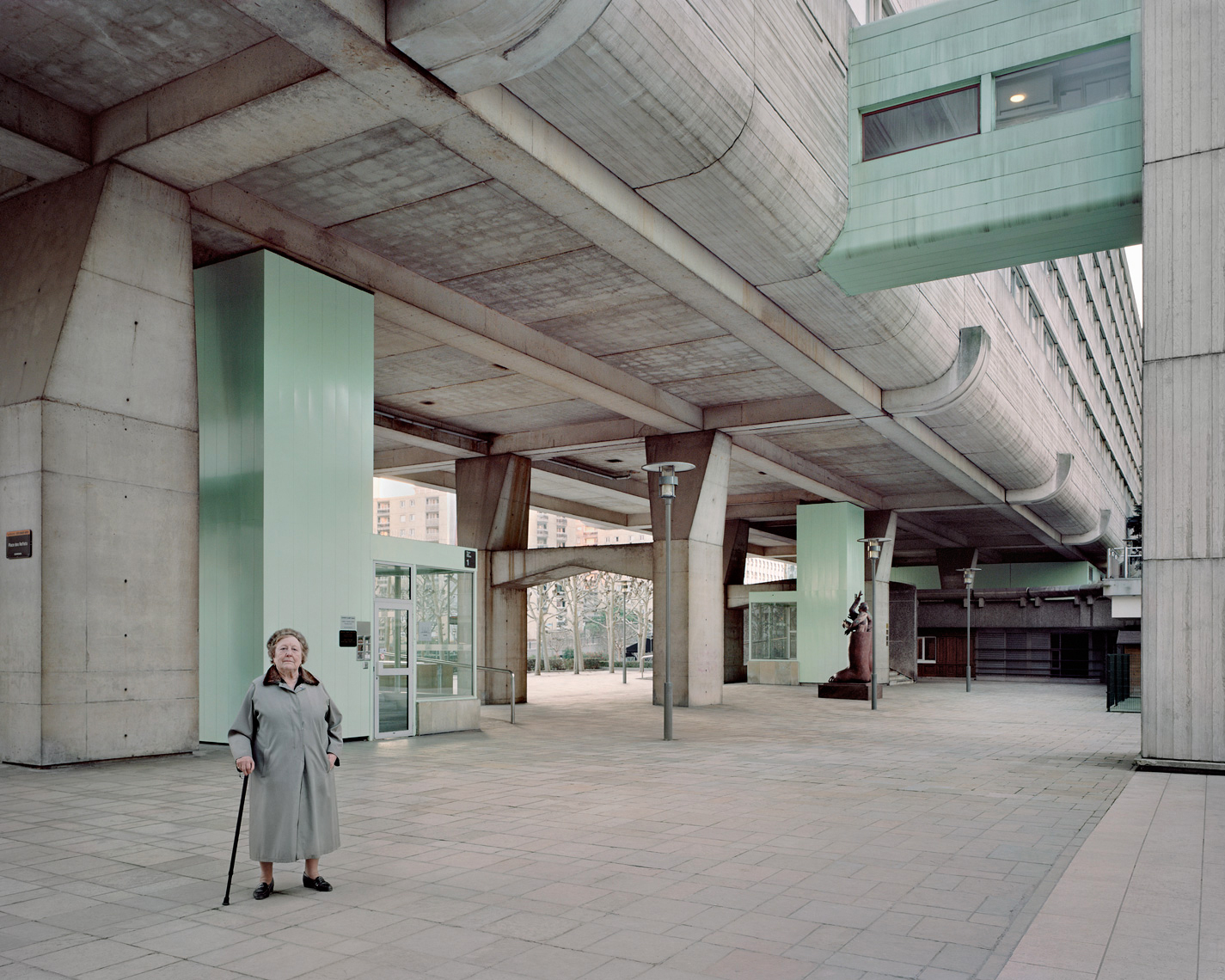
“The original population is nearing the endgame, as if doomed to share the fate of the walls that have circumscribed their lives,” says Kronental, who has felt compelled to capture the fate of these buildings and of the urban veterans that live in them before they all vanish.
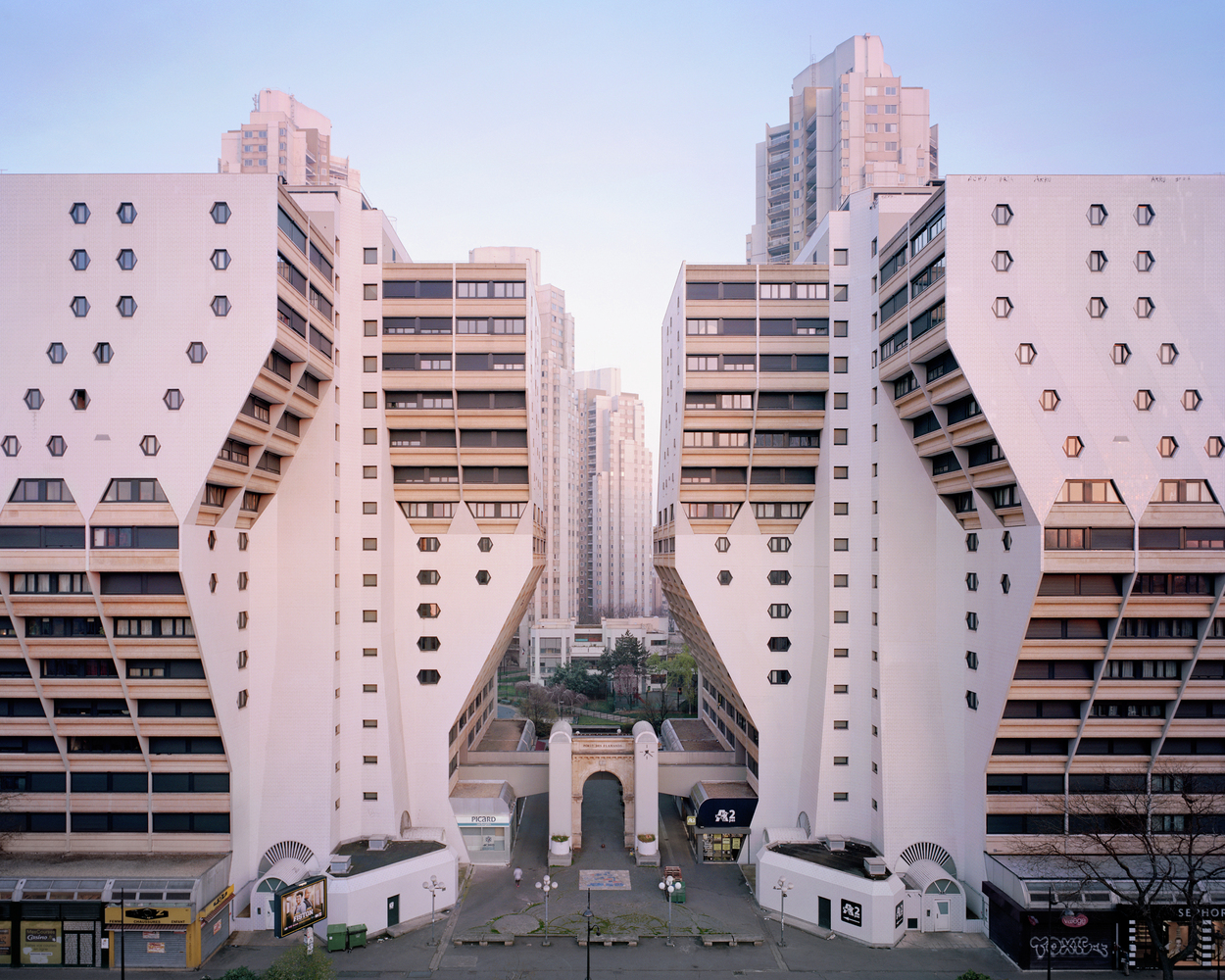



Nenhum comentário:
Postar um comentário